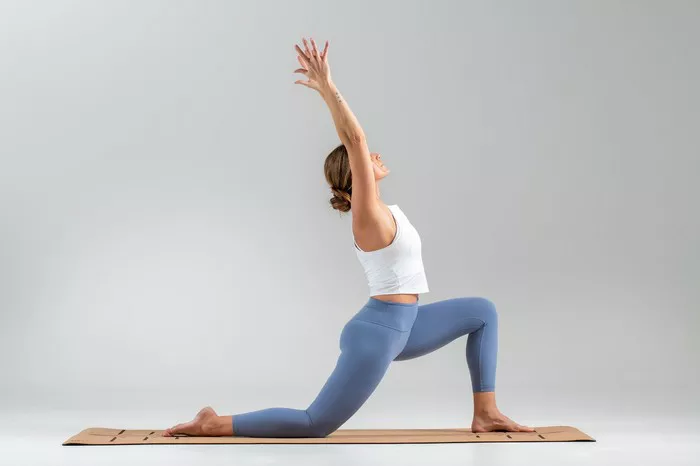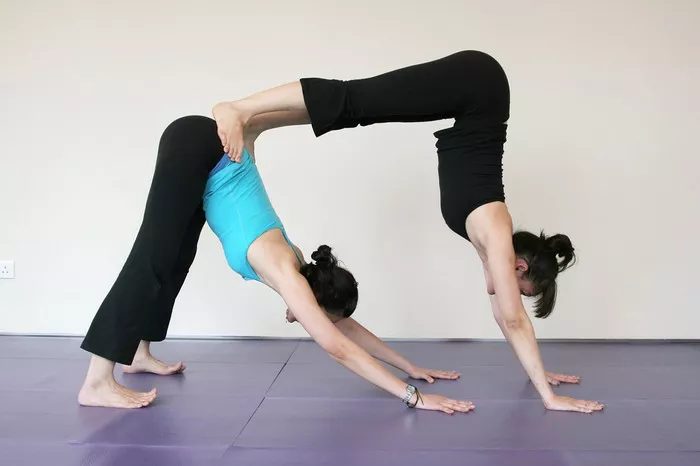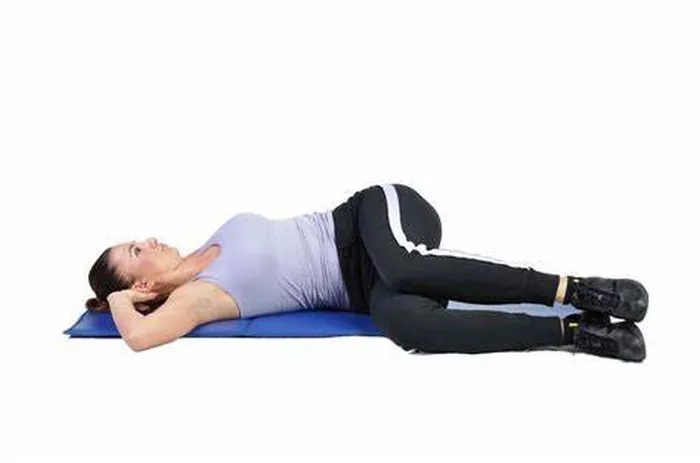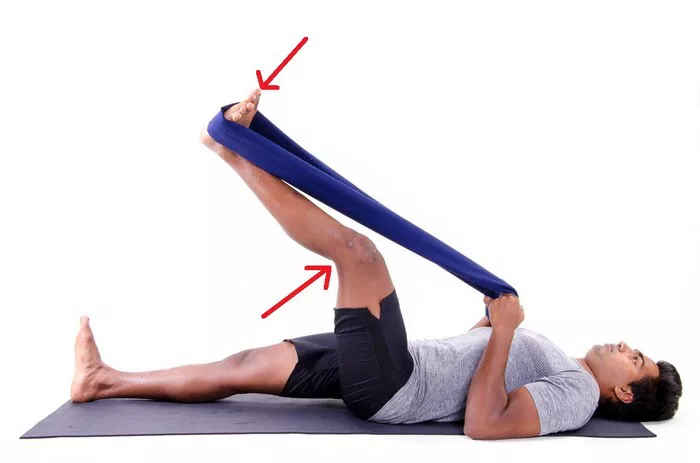Heart health is a critical component of overall wellness, particularly as cardiovascular disease remains one of the leading causes of mortality worldwide. Exercise plays a key role in maintaining a healthy heart, and mind-body disciplines like yoga and Pilates are increasingly recommended by health professionals. While both practices offer a range of physical and mental benefits, their effects on cardiovascular health differ in various ways. In this article, we explore the nuances of yoga and Pilates in the context of heart health, comparing their mechanisms, benefits, and practical applications to determine which might be better for your cardiovascular system.
Understanding Yoga and Its Impact on Heart Health
Yoga is an ancient practice rooted in Indian philosophy, combining physical postures (asanas), breathing techniques (pranayama), and meditation. It is designed to enhance both physical flexibility and mental clarity. Numerous studies have linked yoga to improved cardiovascular outcomes.
Yoga helps reduce stress, which is a known risk factor for heart disease. Practices such as deep breathing and meditation activate the parasympathetic nervous system, reducing heart rate and blood pressure. Regular yoga sessions have also been shown to improve lipid profiles, lower blood glucose levels, and enhance endothelial function.
Key Cardiovascular Benefits of Yoga:
- Lowers blood pressure through deep relaxation and breathing.
- Reduces heart rate and sympathetic nervous system activity.
- Improves blood circulation and vascular flexibility.
- Enhances respiratory efficiency, aiding oxygen delivery to tissues.
- Decreases cholesterol and triglyceride levels.
These changes contribute to a lower risk of heart attack, stroke, and other cardiovascular conditions.
Exploring Pilates and Its Role in Heart Health
Pilates, developed by Joseph Pilates in the early 20th century, focuses on controlled movements, core strength, and body alignment. It emphasizes muscular endurance, flexibility, and coordination. While it does not traditionally incorporate the meditative elements of yoga, Pilates can still positively impact heart health.
Pilates workouts typically range from moderate to high intensity, depending on the style and format. Dynamic movements and flowing transitions in advanced Pilates routines can raise heart rate and improve cardiovascular endurance over time. Moreover, Pilates can support weight management and improve muscle tone, which indirectly supports heart health.
Cardiovascular Benefits of Pilates Include:
- Improves posture and breathing efficiency, reducing cardiovascular strain.
- Enhances muscle tone and endurance, supporting metabolic health.
- Contributes to weight management, decreasing cardiac workload.
- Increases physical activity levels, an essential factor in heart health.
While Pilates may not produce the same immediate cardiovascular benefits as aerobic exercises, it serves as a valuable component in a comprehensive heart-health routine.
Comparative Analysis: Yoga vs Pilates
When comparing yoga and Pilates, it’s important to consider the different mechanisms through which they affect heart health. Here’s a structured comparison:
1. Stress Reduction
- Yoga excels in reducing stress through mindfulness, breathing, and meditation, directly impacting heart health.
- Pilates improves focus and concentration but lacks the traditional meditative elements.
2. Cardiovascular Intensity
- Yoga (particularly gentle or restorative types) offers low cardiovascular intensity, although power yoga can elevate heart rate moderately.
- Pilates offers a higher-intensity option depending on the session type and equipment used.
3. Breathing Techniques
- Yoga incorporates deep, diaphragmatic breathing that supports vagal tone and lowers blood pressure.
- Pilates uses lateral breathing, which also supports lung capacity but with less emphasis on autonomic regulation.
4. Accessibility and Sustainability
- Yoga is accessible to most individuals, including seniors and those with heart conditions.
- Pilates may require specialized equipment and is more physically demanding.
5. Long-Term Heart Health Impact
- Yoga has more research-backed data showing improvements in blood pressure, lipid profile, and stress reduction.
- Pilates is effective for physical conditioning and posture, indirectly benefiting cardiovascular health.
Integrating Yoga and Pilates for Optimal Heart Health
Rather than viewing yoga and Pilates as mutually exclusive, combining both may yield the best outcomes. Each practice addresses different aspects of cardiovascular well-being. Integrating them into a weekly routine can create a balanced program that supports both the heart and overall physical health.
Weekly Integration Plan:
- 2 sessions of yoga (focus on relaxation and deep breathing)
- 2 sessions of Pilates (focus on strength and flexibility)
- 1 day of aerobic activity (such as walking, swimming, or cycling)
- Rest and recovery days with mindfulness or gentle stretching
This integrated approach enhances cardiovascular endurance, reduces stress, and builds muscular support, creating a holistic foundation for heart health.
Considerations for Special Populations
Different individuals have different cardiovascular needs. Here’s how yoga and Pilates cater to specific groups:
1. Older Adults
- Yoga offers chair-based and gentle options, reducing fall risk and managing hypertension.
- Pilates improves balance and core strength but may need modifications.
2. People with Hypertension
- Yoga has clear evidence supporting its ability to lower systolic and diastolic blood pressure.
- Pilates is less studied but supports stress relief and weight management.
3. Post-Cardiac Rehabilitation
- Yoga supports parasympathetic activation and emotional regulation.
- Pilates can restore muscular function and improve exercise tolerance.
Medical consultation is essential before starting any new exercise program, especially for individuals with known heart conditions.
Psychological Benefits and Their Influence on Heart Health
The mind-body connection plays a vital role in heart health. Chronic stress, anxiety, and depression are associated with higher risks of cardiovascular disease. Practices that promote emotional well-being contribute significantly to heart resilience.
Emotional and Psychological Benefits:
- Yoga fosters mindfulness, reduces cortisol levels, and improves mood regulation.
- Pilates enhances self-awareness and body confidence, indirectly supporting mental health.
These psychological benefits can reduce the burden on the cardiovascular system by decreasing systemic inflammation and sympathetic nervous system overactivity.
Scientific Evidence and Research Findings
Numerous clinical studies have evaluated the cardiovascular impact of both practices.
- A 2014 study in the European Journal of Preventive Cardiology found that yoga can significantly lower risk factors for heart disease, including LDL cholesterol and blood pressure.
- A 2020 review in the Journal of Clinical Medicine noted improvements in heart rate variability and inflammatory markers among yoga practitioners.
- Pilates research, though less extensive, shows improvement in body composition, flexibility, and moderate aerobic capacity when practiced regularly.
These findings underscore yoga’s robust heart-health credentials while recognizing Pilates’ value as a supportive and conditioning modality.
Conclusion
In the debate between yoga and Pilates for heart health, yoga emerges as the more directly beneficial practice, particularly due to its emphasis on stress reduction, breathing techniques, and parasympathetic activation. However, Pilates plays a valuable role in physical conditioning and muscular endurance, which are crucial components of cardiovascular wellness.
For most individuals, especially those with or at risk of cardiovascular disease, a combined approach that incorporates the meditative and cardiovascular benefits of yoga with the strength and flexibility advantages of Pilates is ideal. Regular practice, guided by personal preferences and medical advice, is key to reaping long-term heart health benefits.
FAQs
1. Can yoga replace cardio for heart health?
Yoga provides many heart benefits but does not replace traditional aerobic exercise. It’s best used alongside activities like walking or cycling.
2. Is Pilates safe for people with heart conditions?
Yes, with modifications and medical clearance. Mat Pilates is generally safe, but advanced forms may require caution.
3. How often should I practice yoga or Pilates for heart benefits?
Aim for 2-3 sessions per week of each, complemented by regular aerobic activity.
4. Which type of yoga is best for the heart?
Gentle styles like Hatha, Restorative, or Yin Yoga are particularly beneficial for reducing stress and supporting cardiovascular health.
5. What is more effective for lowering blood pressure: yoga or Pilates?
Yoga is more effective due to its breathing and relaxation techniques that directly affect blood pressure regulation.
6. Can I do both yoga and Pilates on the same day?
Yes, but it’s best to keep one session gentle if combining both, to avoid overexertion.
7. Are there risks involved with either practice?
When done correctly, both are safe. The main risks arise from improper form or overexertion, which can be mitigated with guidance and awareness.
8. Is one better for beginners?
Yoga often offers more accessible entry points, especially with chair or restorative versions. Pilates may require more instruction initially.
Related Topics:













